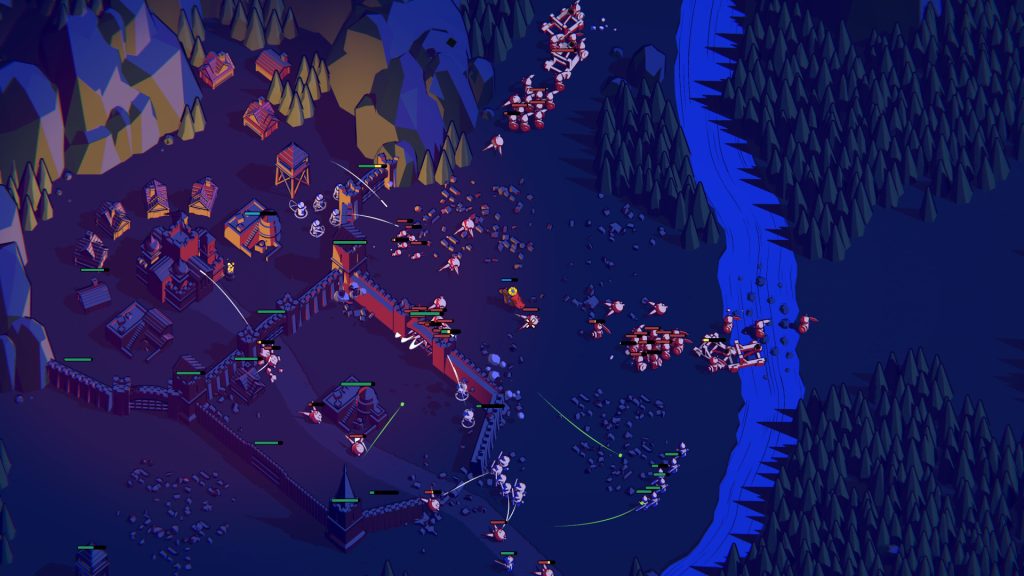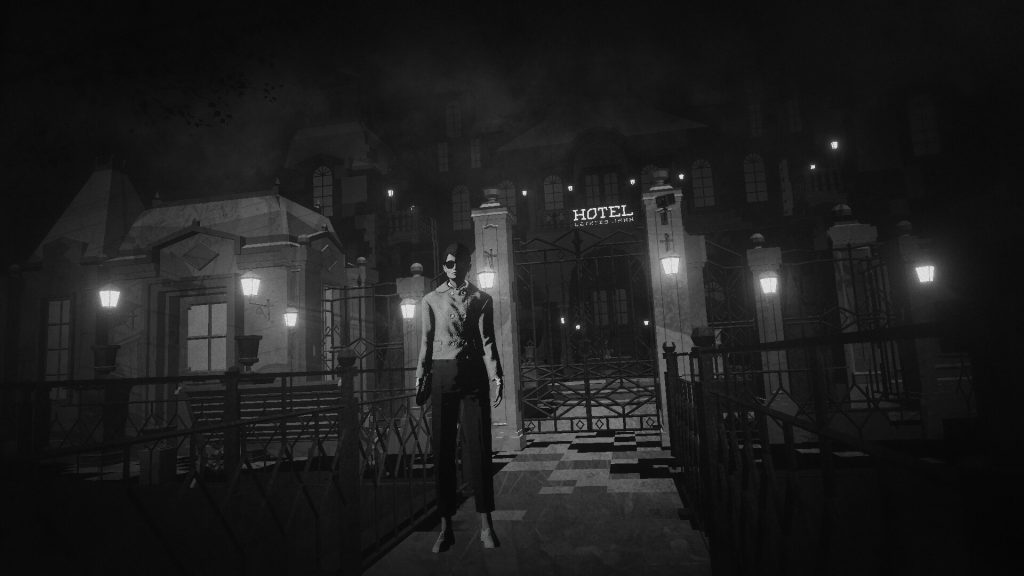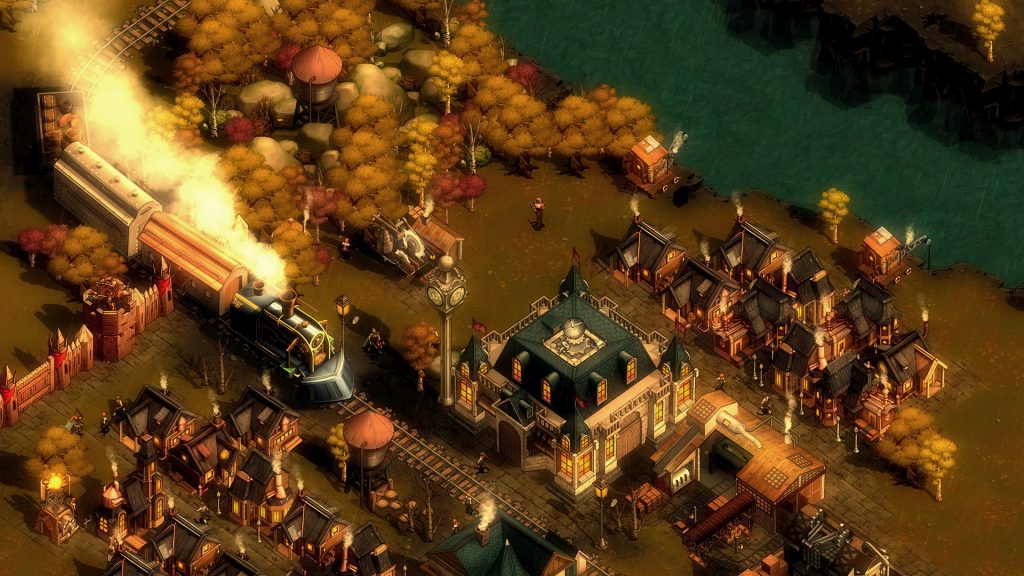Something I’ve noticed that has intrigued me recently are the subset of games (usually indie) that receive little to no coverage from games media, and have barely any longstanding cultural relevancy in online games discourse, yet seem to sell extraordinarily well nonetheless. This field seems to be growing.
I was most recently reminded of this phenomenon after stumbling across the Steam page for Thronefall, an isometric tower defense game with a minimalist art style. It’s also in early access. Analytics website Gamalytic estimates that the game has grossed around $4 million. Doing some background research we can see that Thronefall was made by just two people. $2 million per person.
That’s an incredible amount of money, an amount that all indie developers would dream of making. I had never heard of Thronefall even once prior to finding their Steam page over a year after its release. It has a measly two critic reviews on Metacritic (not even enough to give it an overall rating), both from outlets I’m entirely unfamiliar with.

Lorelei and the Laser Eyes released earlier this year, received universal acclaim from critics (it currently sits at an 88 on Metacritic with 40 reviews), and was a game that I had actually first heard about from its feature in a Nintendo Direct.
Using the same source as above, Lorelei and the Laser Eyes has grossed approximately $650,000 on Steam. Around 15% of Thronefall.
Of course, unlike Thronefall, the game is also available on Nintendo Switch, but even if we were to assume that the game sold twice as well on Switch than it did on Steam (highly unlikely), its overall sales are still not even half of Thronefall’s. Thronefall also has roughly nine months on Lorelei which makes it an imperfect comparison, but given that single-player narrative games like Lorelei tend to have a significant fall-off in sales in the time after launch, I don’t think it ultimately affects the calculus much.
This is all not to mention that Lorelei and the Laser Eyes was published by Annapurna Interactive, a prestigious publisher of indie games (recent meltdown notwithstanding) that no doubt took a considerable cut of developer Simogo’s sales.

How does this happen? How does a game with glowing reviews from games media, coverage in major industry events, and a publishing deal with an indie powerhouse, get blown out by a tower defense game that has none of that?
I’m not a marketing expert, and I’m sure there are many who are better equipped to provide answers on the minutiae than I am, so I’m not going to attempt to do so. But I think there’s one conceptual point brought up by this sales chasm that is often overlooked.
There are countless communities in gaming that you have absolutely zero clue about.
Sometimes when looking through the reviews of a game on Steam, I’ll click on a reviewer’s profile and peruse the games they’ve recently played. I am continuously surprised by the amount of games I see that I’d never heard of, all with way more players than I would have ever expected.
Using Thronefall as an example, there is a massive tower defense / strategy game niche on Steam with a lot of very successful indie games occupying the space. How about Diplomacy is Not an Option, another early access game that has grossed roughly $5 million? Or Outpost: Infinity Siege? Or They Are Billions, which has been estimated to make an eye-watering $34 million?
Here’s an even more specific one: automation-focused base-building games. We’ve all heard of Factorio, but lesser-known examples include Mindustry (~$4 million), Hydroneer (~$8 million), Dyson Sphere Program (~$33 million), and plenty more.
If someone into either of the above genres were to read my post, I have no doubt they would likely see the aforementioned titles and think I were crazy for never having heard of any of them. But these are all games that have attracted an amount of attention outside of their communities nowhere near proportional to the amount of people who play them. And because there’s so many of these communities out there, many of them rarely cross-pollinate, which leads to an interesting dynamic where there are plenty of niches in the same overarching category of gaming that almost never interact with each other.
The bulk of these niches have been overlooked by traditional games media and online discourse since their infancy, and they naturally learned to evolve without them as a result. A voice is only relevant if the people it’s trying to be relevant to care to listen.

As someone generally into Nintendo games, I was hearing hype for Penny’s Big Breakaway from that side of the gaming community years before it had even released. It was supposed to be the next big 3D platformer, taking notes from the best of Sonic and the best of Mario. It, too, got coverage from multiple major gaming outlets, a feature in a Nintendo Direct, and a publishing deal. Gamalytic estimates it’s made around $500,000 on Steam.
To be crystal clear, just because a game has sold relatively poorly compared to some of its contemporaries in other genres, does not mean it’s a bad game. Certainly not! And I do not mean to bring up games like Lorelei and the Laser Eyes and Penny’s Big Breakaway to put them down — I have a lot of respect for them and their developers.
Rather, I bring them up to drive home the point that we often get ourselves into bubbles without even realizing we’re in them. The internet has gotten so good at using algorithms to cater to our individual preferences. If you want to get an accurate picture of the indie games market, you have to make a conscious effort to peek outside of your bubble into the many, many other bubbles that we share the space with.